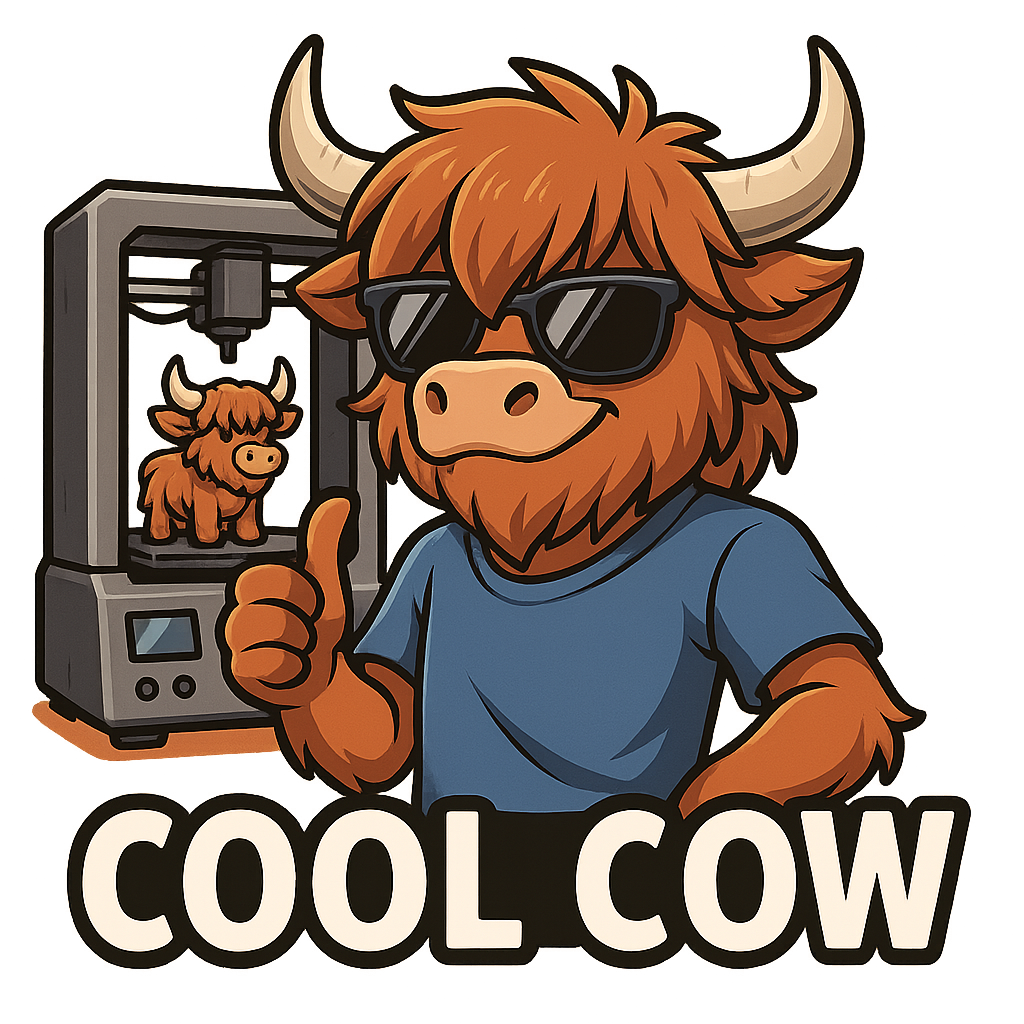

About US
3D printing, also known as additive manufacturing, is a transformative technology that has revolutionized the production of both large and small custom projects across various industries. This process involves creating three-dimensional objects from a digital file by adding material layer by layer, which distinguishes it from traditional subtractive manufacturing methods that involve cutting away material from a solid block.
The 3D printing process typically begins with the creation of a computer-aided design (CAD) model. This model is then sliced into thin horizontal layers using specialized software, which generates the instructions for the 3D printer. The printer follows these instructions to deposit material, which can range from plastics to metals, depending on the desired properties of the final product.
One of the significant advantages of 3D printing is its ability to produce highly customized items. According to a report by Wohlers Associates, the global 3D printing market was valued at approximately $12.6 billion in 2020 and is projected to grow at a compound annual growth rate (CAGR) of 21.0% from 2021 to 2028. This growth is driven by the increasing demand for personalized products and the ability to create complex geometries that are often impossible to achieve with traditional manufacturing techniques.
In the realm of custom projects, 3D printing offers unparalleled flexibility. For instance, it allows designers and engineers to iterate rapidly, reducing the time from concept to prototype significantly. A study by the American Society of Mechanical Engineers found that companies utilizing 3D printing for prototyping can reduce development time by up to 75%. This efficiency is particularly beneficial in industries such as automotive, aerospace, and healthcare, where rapid prototyping can lead to faster innovation cycles.
Moreover, 3D printing contributes to sustainability efforts by minimizing waste. Traditional manufacturing processes can result in material waste of up to 90%, whereas additive manufacturing typically generates only the material necessary for the final product. This reduction in waste not only lowers production costs but also aligns with the growing emphasis on environmentally responsible manufacturing practices.
In conclusion, 3D printing and additive manufacturing represent a significant advancement in the production landscape, offering benefits such as customization, efficiency, and sustainability. As technology continues to evolve, the potential applications for both large and small custom projects will expand, further solidifying 3D printing's role as a key player in modern manufacturing.
